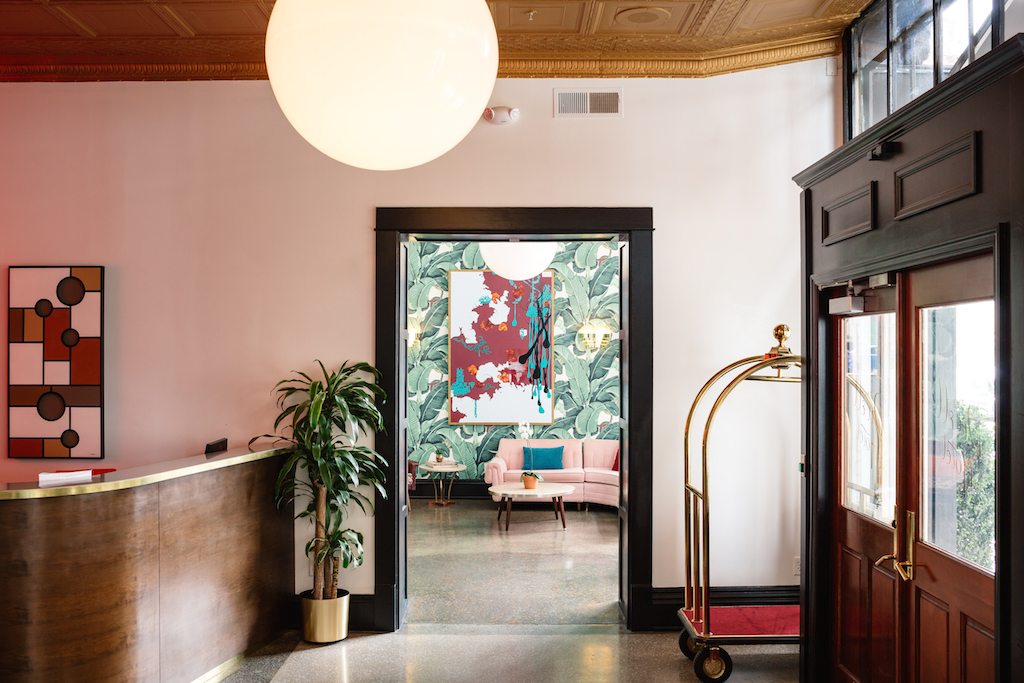How Boutique Hotels Changed the Way We Design Hotels

Skift Take
Design was just one ingredient, albeit an essential one, for creating a boutique hotel both then and now.
On March 20, we published a 60,000-word account of the early days and evolution of the boutique hotel industry in the United States, the Complete Oral History of Boutique Hotels.
The story featured interviews with over two dozen key players, and took us from fledgling brands in San Francisco and New York in the early 1980s to the biggest brands in hospitality in the modern era. We'll be running a series of related stories over the coming weeks.
In compiling the story, one major defining thread among all the boutique hotel companies we profiled was design. Design became the signature calling card for these new hotels, the primary way for these properties to set themselves apart from the big-box, no-frills, and standard hotels of the day.
What follows are excerpts from the Complete Oral History of Boutique Hotels that demonstrate what kind of design influence boutique hotels had on the hospitality industry as a whole.
Design Distinguishes the Earliest Boutique Hotels from the Rest
Claus Sendlinger, founder of Design Hotels: When we started in the late '80s, if you would have told anyone about "design hotels," no one would have understood what you were talking about. …My passion was always parallel to what [Philippe] Starck was doing with the design, and nobody was talking about design, and what the media likes to do is to make people understand with photography. So I thought, if we build up the term, "design," it will become the term for the niche of the industry. And we knew it was a generic term so you could not trademark it, so we said at that time hopefully we will come up with the resources to further define the portfolio and how we curate it.
Steve Pinetti, former sales and marketing team member when Kimpton Hotels & Restaurants opened its first hotel, now senior vice president of inspiration and creativity for Kimpton: That's a great question [What makes a hotel a boutique hotel?], and I must have answered that question a hundred times every day for the first 10 years. In addition to what I just said [about the service], it was clearly our design. In fact, probably our first 10 or so hotels in San Francisco, we hired residential interior decorators to come in and give each one a unique look and one of our hotels was called the Hotel Vintage Court [it opened in April 1983].
It had a wine country look and feel to it. One of our hotels, the Galleria Park hotel in the financial district, had more of a contemporary look. We woul
